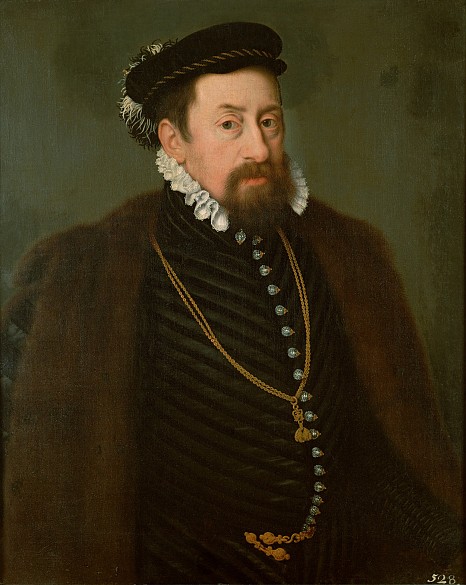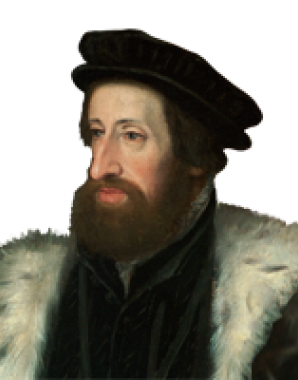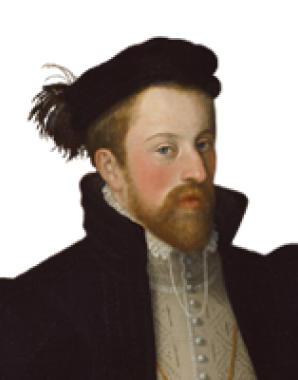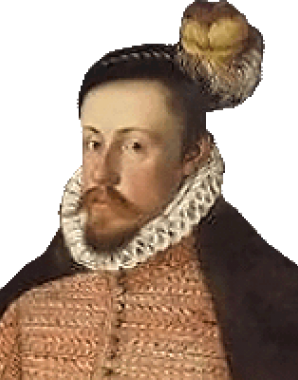Maximilian II as ruler of the patrimonial dominions
In the ancestral lands of the Habsburgs in Central Europe the situation became more complicated due to the fragmentation of the dynasty into several lines following the death of Ferdinand I.
In 1564, in accordance with the provisions of Ferdinand’s will, the Habsburg territories were divided up amongst his sons.
As the eldest son Maximilian received the archduchy of Austria (Lower and Upper Austria) together with the crowns of Hungary and Bohemia. In these two kingdoms Habsburg rule was still in its infancy, as they had only recently passed to the dynasty through Maximilian’s mother Anna, heir to the House of Jagiello. This meant that it was imperative for Maximilian to demonstrate his presence, and from then on he commuted between his residences in Prague and Vienna.
The second son, Ferdinand, received Tyrol and the Forelands and chose Innsbruck as his residence.
The youngest brother, Charles, became ruler of Inner Austria, that is, the territories in the regions of the south-eastern Alps (Styria, Carinthia, Carniola and Gorizia), as well as the Habsburg dominions on the Upper Adriatic and in Friuli. From this time onwards, the Styrian line resided in Graz.
As ruler Maximilian was now confronted with problems that were to determine Habsburg rule for the following generations: the conflict with the Estates over participation in governance, which was now additionally exacerbated by sectarian strife.
Maximilian’s moderate position in religio-political questions was severely tested. The situation in the diverse parts of his territories varied greatly. The Bohemian lands had been characterized by a broad spectrum of different faiths since the fifteenth century. The various movements that had emerged from the Hussite tradition were now reinforced by the influence of the German Reformation. Here Catholics were now in the minority. In Hungary there was a similar lack of religious uniformity. The privileged strata of the nobility and the patricians were de facto at liberty to practise the religion of their choice, while the peasantry was not asked for its opinion in these matters by either side.
The situation was different in the patrimonial dominions. Here Habsburg rule was already well-established and the ruler thus had more room to manoeuvre. While the Catholic infrastructure here was in need of reform, it was relatively intact in comparison with Bohemia and Hungary. Nonetheless, even here the pressure increased from the nobility, which was mostly Protestant, and in 1568 Maximilian finally granted formal recognition to the Lutheran confession for the nobility. This was followed by vain attempts on Maximilian’s part to bring influence to bear on the emergent organization of the Protestant Church.
In this difficult situation the emperor’s health started to decline rapidly. Maximilian suffered from a heart complaint and was well aware that he would not rule for very much longer. In 1575 at the Regensburg Diet he succeeded in having his son Rudolf recognized as his successor in the Empire but died shortly after these negotiations had been concluded.
On his deathbed the emperor refused the last sacraments according to the rites of the Catholic Church, which yet again demonstrates the discrepancy in Maximilian’s life. Inwardly he had taken leave of the Catholic Church, but dynastic and political reasons had prevented him from ever having been able to profess his Protestant beliefs officially.
Maximilian was buried in the royal crypt in St Vitus’ Cathedral in Prague.















